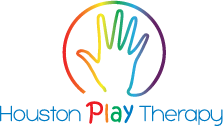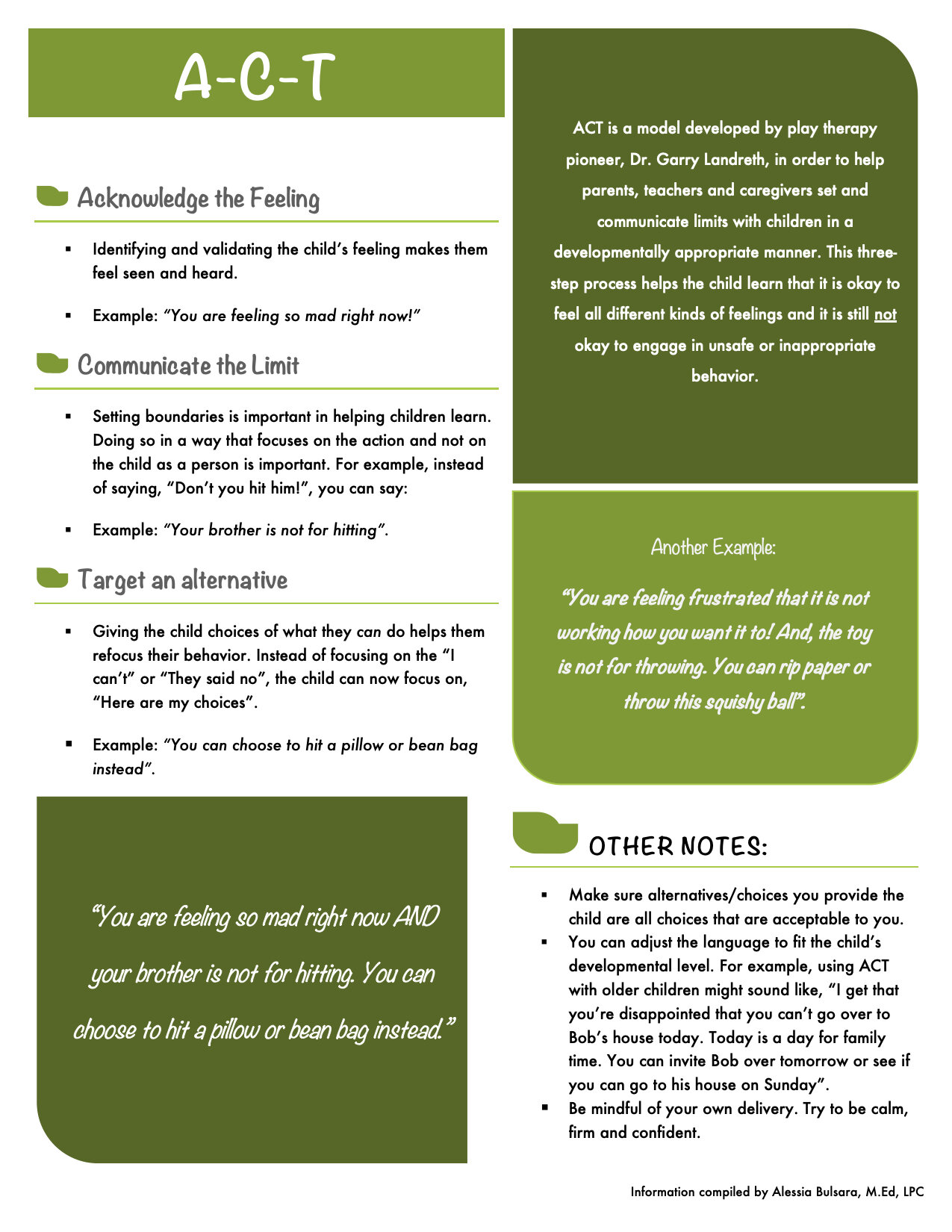11 Tips for Promoting Resilience and Providing Support During the COVID-19 Pandemic
Information created and compiled by Alessia Bulsara, M.Ed., LPC
1. Continue to build upon connections and supportive relationships
¥ Countless articles of research continue to reiterate one of the primary protective factors that promotes resilience for children in times of adversity, struggle or trauma is a supportive relationship with a caring adult. Simply “being there” and “with” your child can do a lot more than you think!
¥ Provide opportunities for connection with your child throughout the day. This might look like leaving a note in their lunch, calling them on the phone, eating a meal together or visiting them in the next room between virtual meetings.
¥ When possible, have “special play time” for a designated amount of time with you and your child. During this time, all electronics (even for parents) are put away and sole focus is on the child. Additionally, the child gets to be “ in charge” during this time (within reason of course)- they can decide what to play, how you all will play it, etc. Once the designated time period is up (I would have a timer), then parents are back in charge! A more detailed blog post will be sent in the future about special play time.
2. Acknowledge and validate their feelings
¥ Name It to Tame It: Help your child name their emotion and allow them to “feel their feelings”.
¥ When we help children name their feeling, we are helping them “create a coherent narrative” (Bryson, 2020) that decreases the reactivity in their brains. In other words, naming it takes the power away from the emotion and helps the child feel more in control.
3. PLAY! Spend time outside!
¥ When possible, spend even just a few minutes outside!
¥ Have time for play! When we are playing (this includes laughing and doing something silly in addition to the typical ideas of play), it is more difficult for our bodies to cultivate full feelings of fear and anxiety.
¥ Play is a great way to release stress and help regulate our nervous systems.
4. Provide opportunities for your child to make choices
¥ Empower your child by providing them with controlled choices (i.e. “Do you want to work on Math or Reading first?”). There are many things in the world that are out of their control, especially during this time; providing them with opportunities to practice making decisions gives them a greater sense of control and builds their self-efficacy.
5. Create predictability where you can
¥ Keep routines in place: continue your morning routine, follow your child’s classroom schedule, etc.
¥ Utilize a visual schedule to help your child know what is going to happen that day. At the beginning of each day, go over the schedule with them. If your child is participating in the hybrid program, have a schedule for their week at school (i.e. Get up, get dressed, eat breakfast, go to school, etc.) and their week at home for virtual classes.
¥ Consistency and structure can be calming during times of uncertainty.
¥ Kids often benefit from knowing what is going to happen and when.
6. Limit news consumption
¥ Even if your child is not directly watching the news, they can be experiencing “second hand screen time” if the news is on in the background.
7. Find activities you can do
¥ Many activities, stress relievers, and social outings are not a possibility at the moment. Helping your child by making statements that validate their feelings and provide options for what can be done that can be helpful. For example, “It is disappointing that we cannot go see Grandma. What can we do right here at home? We could Facetime her or write her a letter/draw her a picture!”.
8. Provide information to kids- in a developmentally appropriate way
¥ Kids are generally perceptive and aware of what is going on in the world around them; providing a developmentally appropriate response or explanation can help alleviate anxiety or concerns. Ensure your child that, even though things might feel different, parents are there to help and take care of kids.
9. Continue to maintain physical distance, but not “social” distance
¥ This falls in line with the first tip of continuing to build and support connections.
¥ Utilize technology to help your child connect to their peers and other family members.
¥ Find opportunities to help others. This might look like sending postcards to nursing homes or leaving a kind voicemail for a friend.
10. Check-in with yourself and take moments for self-care
¥ It is entirely understandable to feel worried or anxious during these times. Taking time to have breaks and take care of yourself will allow you to be more present. Think of the saying, “We cannot pour from an empty cup”.
11. Model Resilience and know it is okay for things to be hard
¥ Know and accept that there will be days that feel hard and that is okay.
¥ Resilience in kids is not created by things being “perfect”. Resilience is built when difficult situations are encountered and they are able to work through it with support.
¥ As adults, we are able to model that resilience for kids. We can say, “Wow, that did feel hard. I felt really frustrated in that moment. Whew. Okay, it was okay that that felt hard and now I can do _______”.
Resources:
¥ Child Mind Institute: https://childmind.org/article/supporting-kids-during-the-covid-19-crisis/
¥ STARR Commonwealth: https://starr.org/promoting-resilience-as-children-return-to-school/?utm_medium=email&_hsenc=p2ANqtz--UkJi2X1RokDq8B9-EacegpEiYKQkLysR0fzDuSk-GzD8_MMdhmMBo0JPxNz96FszjNfryGXXNnZ3MBNDtz8Q6_KMVfE-GUpZEUsyKHzDapAWBBLI&_hsmi=92777797&utm_content=92777797&utm_source=hs_email&hsCtaTracking=7c35f4ff-e363-46a9-a44c-cca37c7f9917%7Cbd5cc95e-9f60-4f78-bdda-292898cd8067
¥ Dr. Tina Payne Bryson: Parenting During the Pandemic


























